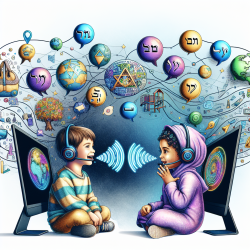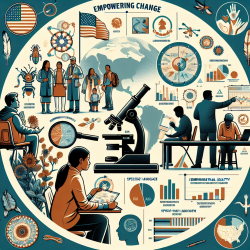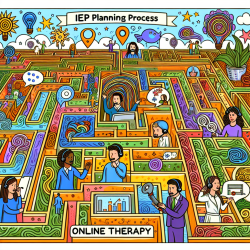Introduction
In the evolving landscape of virtual collaboration, effective team building and communication have become pivotal. Drawing insights from the research article "A step-by-step guide for mentors to facilitate team building and communication in virtual teams" by J. F. Aquino et al., this blog explores strategies that practitioners can implement to enhance their skills in mentoring virtual teams.
Understanding Tuckman's Five Stages of Team Development
The research by Aquino et al. is grounded in Tuckman's Five Stage Model of Team Development, which includes Forming, Storming, Norming, Performing, and Adjourning. Each stage presents unique challenges and opportunities for team mentors to foster cohesion and productivity.
Stage 1: Forming
During the Forming stage, it's crucial to build relationships and establish a foundation of trust. Mentors can initiate bonding activities and encourage open communication to create a psychologically safe environment. This stage sets the tone for future interactions and helps in developing a shared mental model among team members.
Stage 2: Storming
The Storming stage often involves conflict as team members define their roles. Mentors can engage in strength-based mentoring to recognize individual strengths and cultivate a growth mindset. By doing so, mentors help team members navigate conflicts and capitalize on their unique contributions.
Stage 3: Norming
As the team transitions to the Norming stage, peer mentorship and shared leadership become vital. Mentors should encourage collaboration and distribute leadership roles to enhance team dynamics. This approach fosters trust and satisfaction among team members, promoting a more cohesive unit.
Stage 4: Performing
In the Performing stage, the focus shifts to maintaining productivity and efficiency. Mentors can create structured environments and encourage clear communication strategies. Regular feedback and mentoring in the moment help team members stay aligned with the team's goals.
Stage 5: Adjourning
Finally, in the Adjourning stage, acknowledging individual contributions and promoting ongoing collaboration are essential. Mentors can role model appreciation and encourage team members to continue their professional relationships beyond the project.
Conclusion
By implementing these strategies, practitioners can enhance their mentorship skills and improve the functioning of virtual teams. The insights from Aquino et al.'s research provide a comprehensive framework for navigating the complexities of virtual team dynamics.
To read the original research paper, please follow this link: A step-by-step guide for mentors to facilitate team building and communication in virtual teams.










